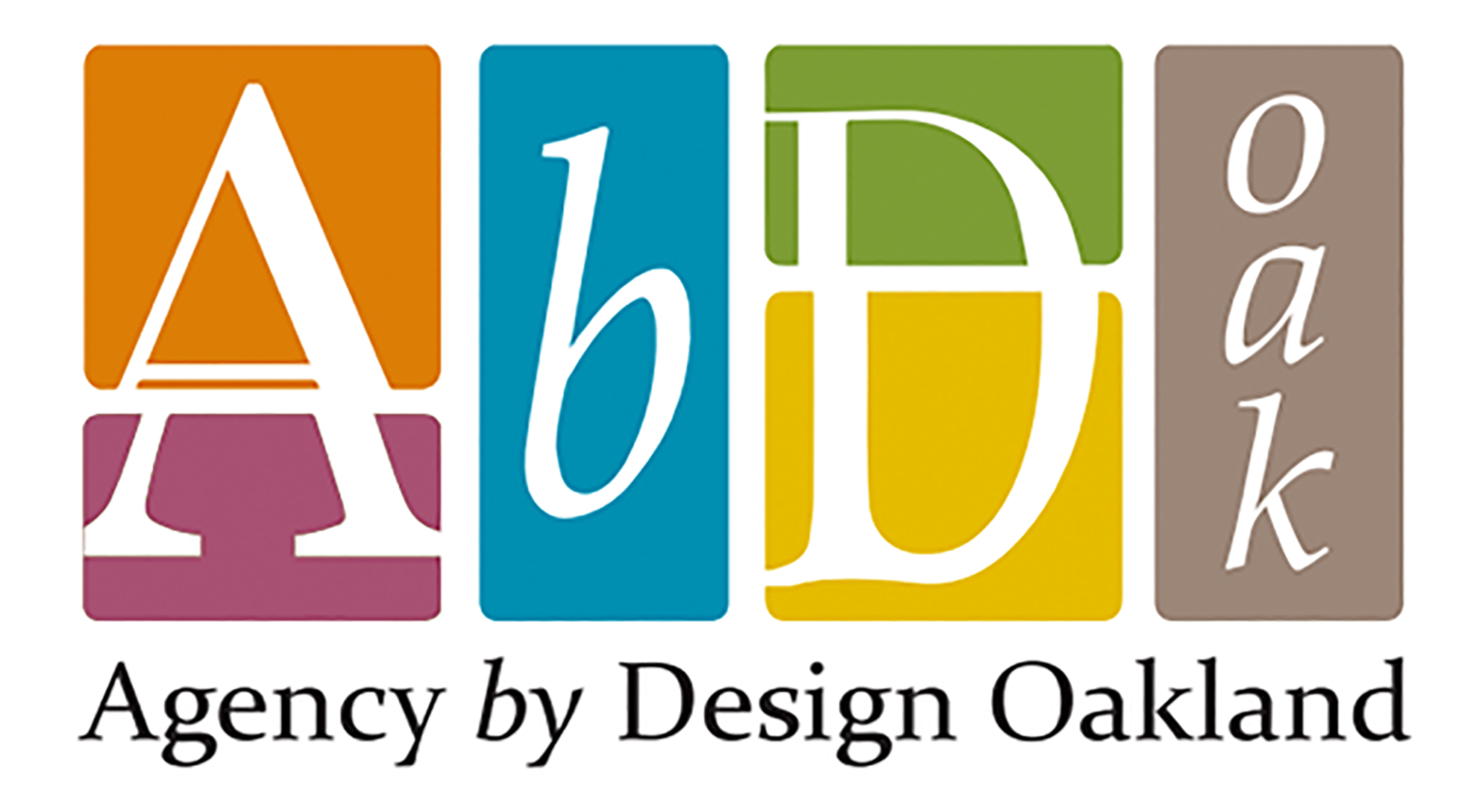REDirecting Authority to develop independent learners
A Digital Picture of Practice by Agency by Design Oakland 2017-2018 Teacher Fellow Theresa Sanders
Students work together in Theresa Sanders' 3rd grade classroom at Redwood Heights Elementary School in Oakland.
I am a third grade teacher at Redwood Heights Elementary School in Oakland. I am very excited about integrating new ideas and technologies into my classroom to enhance my practice and to reach all learners. I use a “STEAM workshop” approach which includes alternative seating, maker-centered learning, blended learning, and individualized instruction to promote student agency and achievement. I also integrate several Agency by Design thinking routines into my practice to promote critical thinking and agency in my third graders.
This year, as a part of Agency by Design’s Oakland Fellowship, my objective was to work on my instructional practice during making experiences. A number of instructional strategies are outlined in Chapter Two of the book, Maker-Centered Learning: Empowering Young People to Shape their Worlds, which we read during the fellowship experience. My area of inquiry focused on “Redirecting Authority," and my driving question was: How can I redirect the authority in my maker-centered classroom so students access knowledge from many sources—not just from the teacher?
To get an idea of how much kids relied on me to answer their questions, we made graphs. Each day during STEAM workshop, they recorded data by putting stickers on a chart: “I asked the teacher” or “I asked another student.” At the beginning of the inquiry, the chart showed that my students were coming to me about 20 times during the 2-hour workshop. They asked questions about how to solve math problems, how to maneuver different websites, where to find tools and materials, how to use tools in the makerspace, how to spell words...you name it. Kids were also asking each other for help, but not as much as I wanted to see.
"Real agency comes from students knowing that there are many sources of information that they can use to learn what they need to learn, including each other. I wanted them to realize that they have the power to figure things out on their own."
By the end of the trimester, kids were working together to solve problems and help each other learn. On day 30, there were 83 requests for help or questions asked and only 14 were for me!
Next, I made an “Expert Board” for students to designate themselves as resources for others. This supported and added to our classroom culture of helping and teamwork. They also used the board to “ask 3 before me,” which means that they needed to ask three other people their question before they approached me. They know that none of us is as smart as all of us because it’s something we talk about and practice every day.
The "Expert Board" full of student contributions.
Whenever someone showed expertise in anything—from how to start a Google Site or change the margin size in Google Docs, to how to draw a dolphin or find the area of irregular figures—I reminded them to add their name to the “Expert Board” so they could be a resource for others.
"Students teaching each other is important because it promotes agency—it IS agency. When students have a sense of agency and competency, they learn more, and they are more likely to advocate for themselves and for their learning."
Students figuring it out together in the classroom.
The learners in room 25 are now spending more time figuring things out on their own or with partners rather than just asking me directly. There is a lot of on-task talk and troubleshooting happening in our room. And, while my students are teaching and learning with each other, I can work with small groups, document student work, or assess knowledge. I can spend time listening and talking to my kids when I am not the sole provider of direct instruction!
Click Here for a video that explores more Redirecting Authority and hear how my students feel about our classroom now.
"I started making in the classroom to help the boys in my class to become more engaged in school, but I found the girls to be just as interested in making as the boys. Making encourages agency, problem-solving, collaboration and so many other 21st century skills."
-Theresa Sanders
Third Grade Teacher, Redwood Heights Elementary School, OUSD
Theresa Sanders is in her 32nd year of teaching in Oakland and is more excited than ever to see what her students will create and learn. She jumped into Maker Education three years ago and has been been learning by doing. Theresa currently teaches third grade at Redwood Heights. Every iteration of her classroom is so exciting to her and to her students. This year she has 30 very squirrelly, creative and sweet students.








